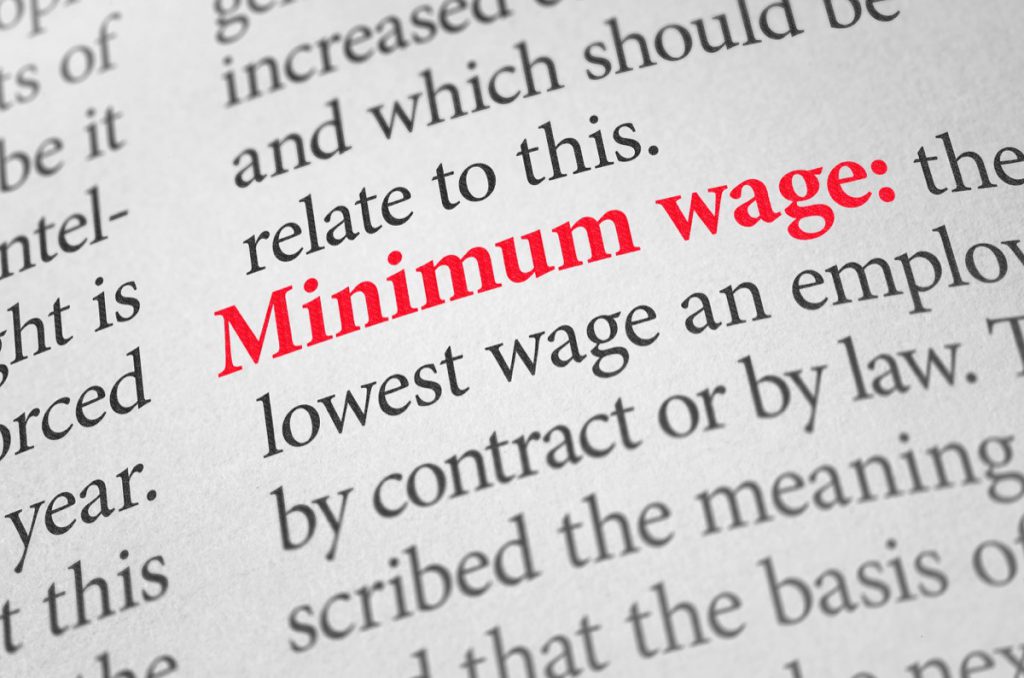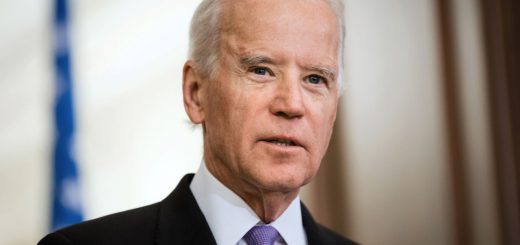The Fight For $15: How a 200-Person Protest Turned Into a National Labor Movement

Ken Green
CEO/Founder
UnionTrack, Inc.
One of this decade’s biggest labor movements is the Fight for $15.
At the heart of this movement are America’s fast-food workers, joined by other underpaid workers, who decided they have had enough of working hard for pay that leaves them struggling to provide for their daily needs.
Official cost-of-living numbers tell the story:
- The U.S. Department of Health and Human Services shows the poverty line in the US for a family of three is $21,330. For a family of four, it’s $25,750.
- According to the Bureau of Labor & Statistics, the median pay for food and beverage service workers is currently $21,750 per year, just slightly above the poverty line for a family of three. Broken down hourly, that is $10.45 per hour.
That’s median figure, remember. The middle. There are millions of people earning less than that.
Meanwhile, the federal minimum wage has been stagnant at $7.25 since 2009. Additionally, minimum wage increases occurring between 1968 and 2009 have been too small to offset inflation, explains David Cooper, deputy director of EARN and senior economic analyst at the Economic Policy Institute. Today, $7.25 is worth 14.8 percent less than in 2009 after adjusting for inflation, Cooper notes.
The Fight for $15 movement was born to right this economic injustice. It is a double-edged labor movement that is seeing unprecedented levels of success. On the worker side, it is a fight to ultimately raise the federal minimum wage to $15. On labor’s side, it is a strategic movement to demonstrate to fast-food workers the power of solidarity in an effort to organize an industry that has long eluded unionization.
The Fight for $15 is Shining the Spotlight on Low Wages
The Fight for $15 movement began as the Fast Food Forward movement in New York City in 2012, when a group of 200 fast-food workers, organized by New York Communities for Change, walked off their jobs at restaurants to protest low wages.
“We started talking to workers at fast-food places and asking them if they wanted to organize for higher pay,” said New York Communities for Change Executive Director Jonathan Westin. “There was not a worker we talked to who wouldn’t sign onto the campaign.”
It was a moment that Steven Greenhouse, former labor and workplace writer for The New York Times, reported as a particularly strong showing of solidarity by fast-food workers. And it sparked a movement on a national level that has been unstoppable.
Thousands of workers from numerous industries have protested outside of hundreds of businesses to demand higher pay. The umbrella movement, Fight for $15, is also known by a number of names in a number of different cities and states. The goal for each is the same: Raise the minimum wage to $15 per hour, city-by-city and state-by-state, until they win at the federal level.
It’s a movement that Gary Chaison, professor of industrial relations at Clark University in Worcester, Massachusetts, says signifies a shift in labor negotiations. “In the Fight for $15, unions are helping to organize on a community basis, a group of workers who are on the fringe of the economy. It’s not about union members protecting themselves. It’s about moving other people up.”
His argument is supported by the fact that community groups are helping workers organize while the Service Employees International Union (SEIU) is financially backing the movement. Mary Kay Henry, president of the SEIU, says the union supports the workers because they deserve to earn a living wage. “People who work for the richest corporations in America should be able to afford at least the basic necessities to support their families,” she said.
That’s the rallying cry behind a movement that has brought national attention to the issue of low wages and minimum-wage increases.

The Movement’s Wins Through 2019
As a result of their efforts, minimum wages have increased in cities and states across the country. “The wave of state and local action spurred by the Fight for $15 is historic in scale,” writes the National Employment Law Project (NELP). More than 50 jurisdictions have raised their wage floors since 2012, notes the NELP.
As of now, 29 states, Washgington, D.C., and a number of big cities have set minimum wages higher than the federal level thanks to efforts by state legislators city councils. Some have even managed to make it to the $15 mark.
Here’s a look at some of the most progressive changes in minimum wages across the country:
- California: In 2016, the state legislature passed a law to increase the minimum wage annually until 2022, when it will reach $15. After that, it will increase yearly at the same rate as the cost of living. Some cities, such as San Jose and Los Angeles, passed laws to get to $15 more quickly.
- New York: Also in 2016, New York passed legislation to increase its minimum wage annually until it reaches $15 in 2021. New York City will be at $15 by the end of 2019.
- Seattle: The city voted in 2014 to raise the minimum wage to at least $16 for large employers in 2019. Smaller companies and chains now have a minimum wage of $15 or $12 if total compensation, including tips and healthcare costs equal $15.
- Washington, D.C.: Legislators in D.C. passed a law in 2016 that will set the minimum wage at $15 by July 1, 2020.
While these are all important wins for low-wage workers, the big piece of the puzzle still missing is a federal wage increase.
The Raise the Wage Act
That federal battle is being waged, too. In February 2019, Rep. Bobby Scott from Virginia introduced the Raise the Wage Act of 2019 to the U.S. House Committee on Education and Labor. Here’s what that act would do:
- Gradually raise the federal minimum wage to $15 per hour by 2024.
- Index future increases to median wage growth to ensure the value of the minimum wage automatically adjusts.
- Phase out subminimum wages for tipped workers, young workers and workers with disabilities.
By current estimates, 40 million people would see a pay increase if this bill were to pass. However, there is little chance that it will make it through the Republican-controlled Senate. Nonetheless, the fact that it has been introduced at a federal level gives credence to the movement and hope for a future increase.
The strength of this movement lies in the collective. But the movement isn’t being driven by unionized workers. It is being supported and funded by groups that hope to show workers the power of unionization.

Will the Movement Lead to Unionization of Fast-Food Workers?
The fast-food industry is one of the least unionized in the US. According to numbers from the BLS, only 1.3 percent of its workers belonging to a union. The reasons why it has been so difficult to unionize this industry are varied.
According to Eater journalist Matt Tripp, one is the growing prevalence of right-to-work laws that make it more difficult for workers to unionize. Another, writes Tripp, are the “inherent characteristics of the fast-food workforce.” Most view their jobs as temporary and are unwilling to pay union dues at a job they plan to leave.
Fast-food companies that franchise, like McDonald’s, don’t have a legal obligation to collectively bargain. They did for a few years under President Obama, but President Trump’s NLRB has returned to the previous joint-employer standard, whereby the parent companies are not responsible for employees at franchise locations.
This handcuffs workers’ abilities to organize. Because it isn’t considered a joint employer, the parent corporation doesn’t have to be present at the bargaining table of a franchise location, explains Catherine Fisk, professor at Berkeley Law. Further, franchise owners have to work within strict franchise agreements, often preventing them from raising wages or improving working conditions to the detriment of company profits, Fisk says.
As Sam Bloch at The New Food Economy points out, “It’s hard to extract better job conditions from franchisees if their bosses—the corporations—aren’t compelled to be at the bargaining table.”
But the movement may be on its way to overcoming these hurdles simply through the recent successes of improving wages and working conditions. Maybe now that workers in the fast-food industry have experienced first-hand the benefits and the power of a union, they will continue to organize and push harder for unionization.
UnionTrack ENGAGE can help them in these efforts by streamlining communication to increase engagement in unionization efforts.
Images by: zerbor/©123RF.com, inkdrop/©123RF.com, TEA/©123RF.com







